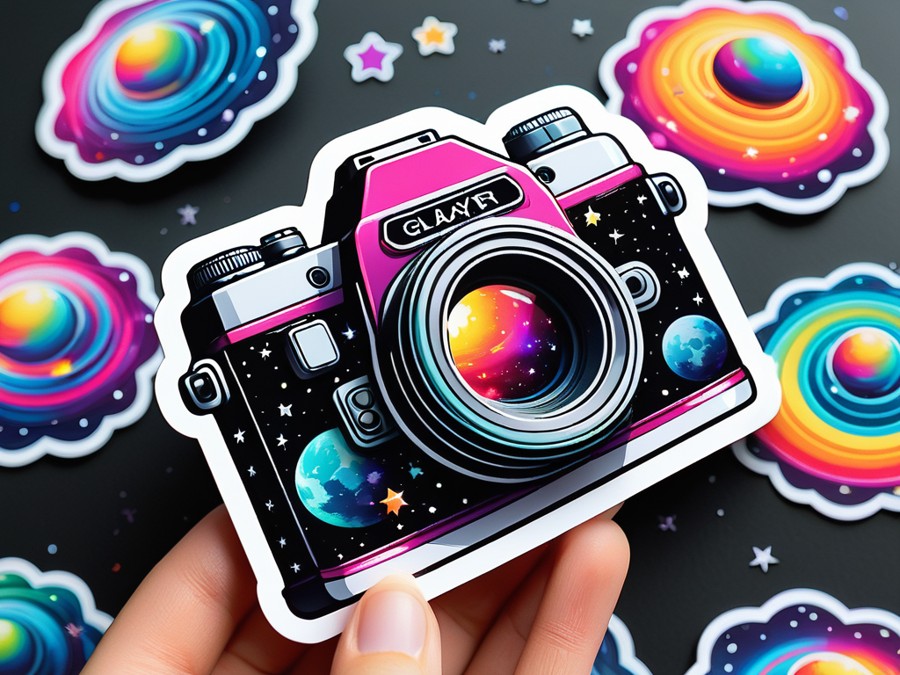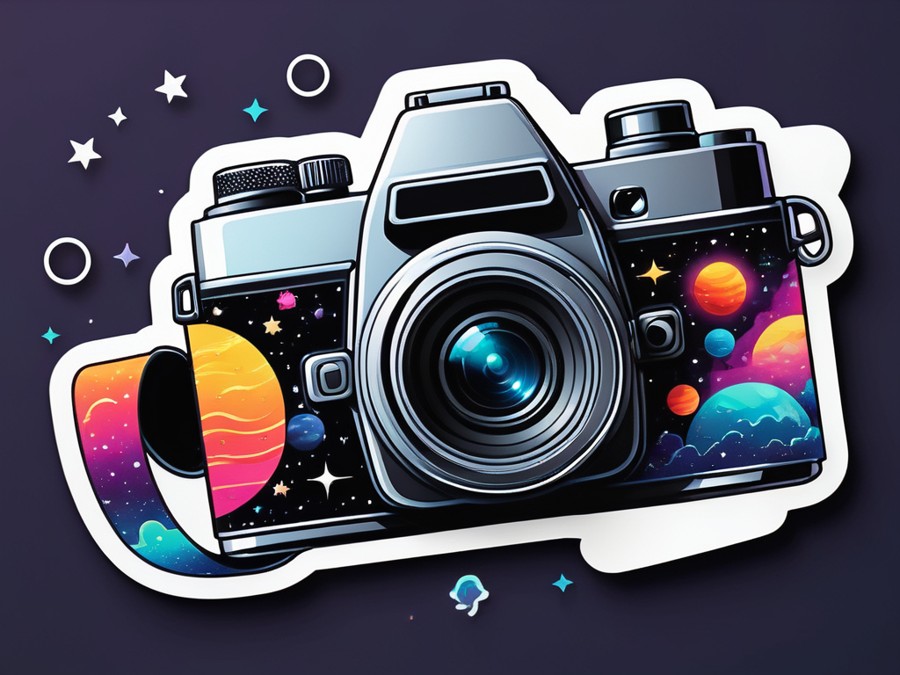· Charlotte Will · Photography Techniques · 6 min read
Fixing Color Balance Problems in Photography
This article contains affiliate links, which means that if you click on one of the product links and make a purchase, we may receive a small commission at no additional cost to you. We only recommend products and services that we believe in and think will add value to our readers.
Learn how to fix color balance problems in photography with our comprehensive guide. Improve your photos with expert tips and techniques.

As a photographer, there’s nothing more frustrating than capturing the perfect shot only to find that the colors are off. Whether it’s a landscape with dull greens or a portrait with unnatural skin tones, color balance issues can ruin an otherwise great photo. In this article, we’ll delve into the common problems photographers face with color balance and explore effective techniques to fix them. We’ll also introduce a handy tool that can make all the difference: the Lightdow 12 x 12 Inch (30 x 30 cm) White Balance 18% Gray Reference Reflector Grey Card.
Common Color Balance Problems in Photography
Inconsistent Lighting Conditions
One of the most common issues photographers face is inconsistent lighting. Whether you’re shooting indoors with artificial light or outdoors under changing weather conditions, the color temperature of your light source can vary greatly. This inconsistency can lead to photos that look unnatural and disjointed.
Mixed Lighting Sources
Another common problem arises when you’re working with multiple lighting sources. For example, if you’re shooting in a room with both natural light from a window and artificial light from lamps, the different color temperatures can create a confusing mix of colors in your photos.
Auto White Balance Failures
While modern cameras come with advanced auto white balance features, they don’t always get it right. Auto white balance can be fooled by bright colors or unusual lighting conditions, leading to inaccurate color rendering.
Introducing the Lightdow 12 x 12 Inch (30 x 30 cm) White Balance 18% Gray Reference Reflector Grey Card
To tackle these color balance issues, many photographers turn to a simple yet effective tool: the Lightdow 12 x 12 Inch (30 x 30 cm) White Balance 18% Gray Reference Reflector Grey Card. This versatile card is designed to help you achieve accurate color balance in your photos. You can find it on Amazon.
![Lightdow 12 x 12 Inch (30 x 30 cm) White Balance 18% Gray Reference Reflector Grey Card with Carry Bag [Folded Version] Product Image](https://m.media-amazon.com/images/I/31GeGGNhEvL._AC_.jpg)
How to Use the Lightdow Grey Card
- Set Up Your Shot: Position your camera and subject as you normally would.
- Place the Grey Card: Hold or place the grey card in front of your subject, ensuring it’s well-lit and within the frame.
- Take a Test Shot: Take a photo of the grey card under the same lighting conditions as your subject.
- Adjust White Balance: Use the test shot to adjust your camera’s white balance settings, either manually or using a custom setting.
- Remove the Grey Card: Once your settings are correct, remove the grey card and take your final shot.
Pros and Cons of the Lightdow Grey Card
Pros
- Accurate Color Balance: The 18% gray surface provides a neutral reference point for accurate color balance.
- Versatile: It can be used as both a gray card and a reflector, making it a multi-purpose tool.
- Portable: The folded version is compact and easy to carry, fitting into any camera bag.
Cons
- Manual Adjustment Required: You’ll need to manually adjust your camera settings based on the test shot.
- Additional Step: Using a grey card adds an extra step to your photography workflow.
- Lighting Dependency: The effectiveness of the grey card depends on consistent lighting conditions.
Who Benefits from the Lightdow Grey Card?
Amateur and Hobbyist Photographers
For those just starting out or shooting as a hobby, the Lightdow grey card is an invaluable tool. It helps you achieve professional-looking color balance without needing advanced equipment or extensive knowledge of color theory.
Event Photographers
Event photographers often face varying lighting conditions, from indoor venues to outdoor settings. The grey card ensures that your photos maintain consistent and accurate colors throughout the event.
Landscape Photographers
Landscape photography can be challenging due to the ever-changing natural light. Using a grey card helps you capture the true essence of the scene, ensuring that your photos are as accurate as possible.
Scenarios Where the Lightdow Grey Card Shines
Wedding Photography
In wedding photography, you often move between different locations and lighting conditions. The grey card helps maintain consistent color balance throughout the day, from the ceremony to the reception.
Product Photography
For product photography, accurate color representation is crucial. The grey card ensures that the colors of your products are true to life, making your photos more appealing and professional.
Travel Photography
When traveling, you encounter a variety of lighting conditions. The grey card helps you adapt to these changes quickly and easily, ensuring that your travel photos are vibrant and accurate.
Step-by-Step Instructions for Using the Lightdow Grey Card
- Set Up Your Shot: Position your camera and subject as you normally would.
- Place the Grey Card: Hold or place the grey card in front of your subject, ensuring it’s well-lit and within the frame.
- Take a Test Shot: Take a photo of the grey card under the same lighting conditions as your subject.
- Adjust White Balance: Use the test shot to adjust your camera’s white balance settings, either manually or using a custom setting.
- Remove the Grey Card: Once your settings are correct, remove the grey card and take your final shot.
Quick Takeaways
- Inconsistent lighting conditions and mixed lighting sources are common causes of color balance problems.
- The Lightdow grey card helps achieve accurate color balance by providing a neutral reference point.
- Using the grey card is simple and effective, making it an essential tool for photographers of all levels.
- The grey card is versatile and can be used in various photography scenarios, from weddings to product shoots.
- With practice, using a grey card becomes a natural part of your photography workflow.
Conclusion
Fixing color balance problems in photography is essential for capturing true-to-life images. Whether you’re an amateur or a seasoned professional, the Lightdow 12 x 12 Inch (30 x 30 cm) White Balance 18% Gray Reference Reflector Grey Card is a must-have tool. By incorporating this simple yet effective technique into your workflow, you’ll be well on your way to achieving stunning and accurate photographs.
Don’t let color balance issues hold you back—grab your Lightdow grey card and start capturing the world as it truly is.
FAQs
What is the best way to use a grey card for white balance?
To use a grey card effectively, place it in the same lighting conditions as your subject and take a test shot. Use this shot to adjust your camera’s white balance settings, ensuring accurate color rendering in your final photos.
Can I use a grey card for exposure as well?
Yes, a grey card can also be used to set proper exposure. By metering off the grey card, you can achieve a balanced exposure that accurately represents the scene.
How do I store my grey card?
The Lightdow grey card comes with a carry bag for easy storage. Simply fold the card and place it in the bag to keep it protected when not in use.
What other tools can help with color balance?
In addition to grey cards, you can use color checkers and software tools like Adobe Lightroom to achieve accurate color balance in your photos.
How often should I calibrate my camera’s white balance?
It’s a good practice to calibrate your camera’s white balance at the beginning of each shoot or whenever you move to a new location with different lighting conditions.
Engaging Question for Readers
Have you ever struggled with color balance in your photos? How did you overcome the issue?
Share your experiences and tips with our community! Your insights could help other photographers improve their skills and capture even better images. Don’t forget to share this article on your social media platforms to spread the knowledge and inspire others.




